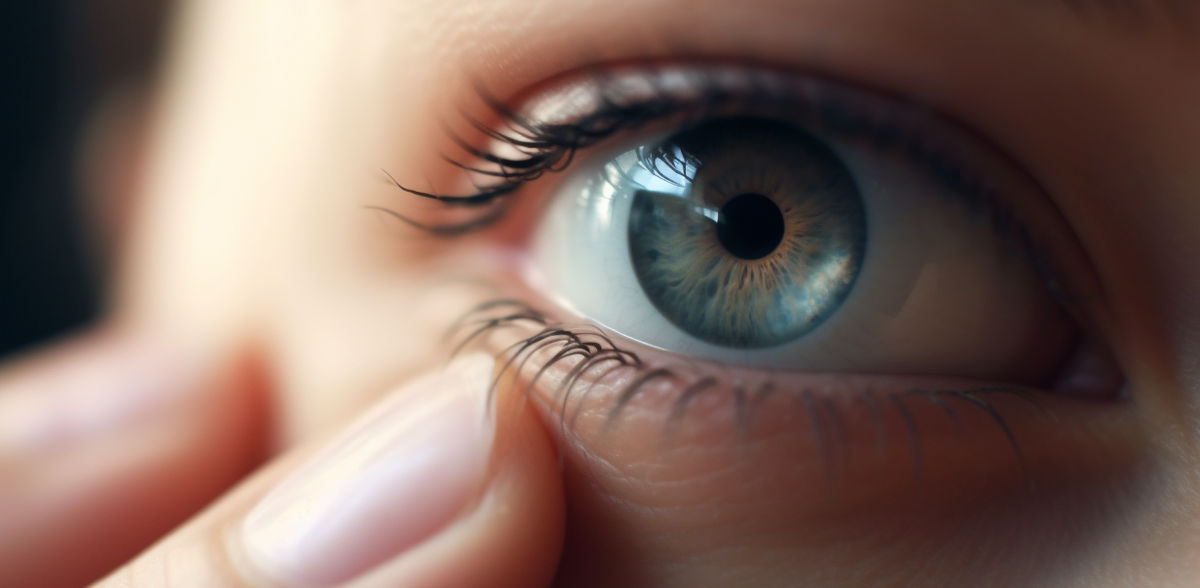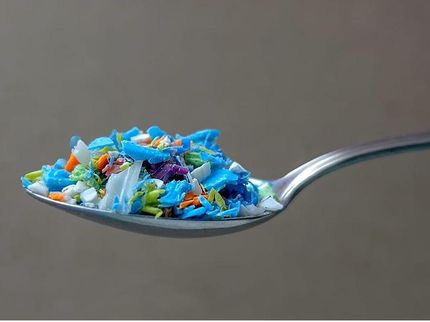Contact lenses shed microplastics
New detection method discovers microplastics released by contact lenses under sunlight
Millions of people around the world wear contact lenses, including reusable ones. But these plastic lenses don’t last forever, and lenses need to be replaced every few days, weeks or months. Now, researchers reporting a pilot study in ACS’ Environmental Science & Technology have developed a method to analyze minute debris in small samples and found that lenses exposed to sunlight over time can shed tiny fragments of plastic, though the health impact is unclear.
Though scientists are still grappling to understand the health and environmental impacts of microplastics, it is important to understand where they can appear and what systems they could impact. When measuring aquatic microplastic pollution, researchers generally filter plastic fragments from large amounts of sampled water. Then, they use a microscope and manually count the fragments, a method that is slow and not very consistent. More automated alternatives have been developed, but the techniques are still time consuming. So, Bing Wu and colleagues wanted to develop an automated method that could quickly detect and count microplastic particles in small samples, such as contact lenses.
The researchers gathered six kinds of contact lenses from various brands and of different lifespans. To mimic normal wear and care, the lenses were stored in water, kept under a lamp that mimicked sunlight and were rinsed with water three times every 10 hours. After receiving the equivalent of 30 or 90 days of sunlight, the water each lens was stored in was analyzed. To determine the number of microplastics in the small samples, the researchers designed an automated system that took microscopic images of the samples, processed those images, and quantified any microplastics that were present.
In tests with standard amounts of microplastics, the team found that the new system’s analyses were quicker and more accurate than when the samples were analyzed manually. In the absence of any simulated sunlight, no microplastics were detected. However, the researchers observed increasing amounts when the contact lenses were exposed to the equivalent of 90 days of sunlight. Lenses with shorter lifetimes showed the greatest amount of shed microplastics after this exposure. Based on their data in this small-scale study, the researchers estimate that more than 90,000 microplastic particles per year could be shed from some lenses if worn for 10 hours a day. The human health impact of direct exposure of microplastics to eyes is not currently known, but the researchers say their findings indicate that more studies in this area are urgently needed.
Original publication
Other news from the department science

Get the analytics and lab tech industry in your inbox
By submitting this form you agree that LUMITOS AG will send you the newsletter(s) selected above by email. Your data will not be passed on to third parties. Your data will be stored and processed in accordance with our data protection regulations. LUMITOS may contact you by email for the purpose of advertising or market and opinion surveys. You can revoke your consent at any time without giving reasons to LUMITOS AG, Ernst-Augustin-Str. 2, 12489 Berlin, Germany or by e-mail at revoke@lumitos.com with effect for the future. In addition, each email contains a link to unsubscribe from the corresponding newsletter.





















































